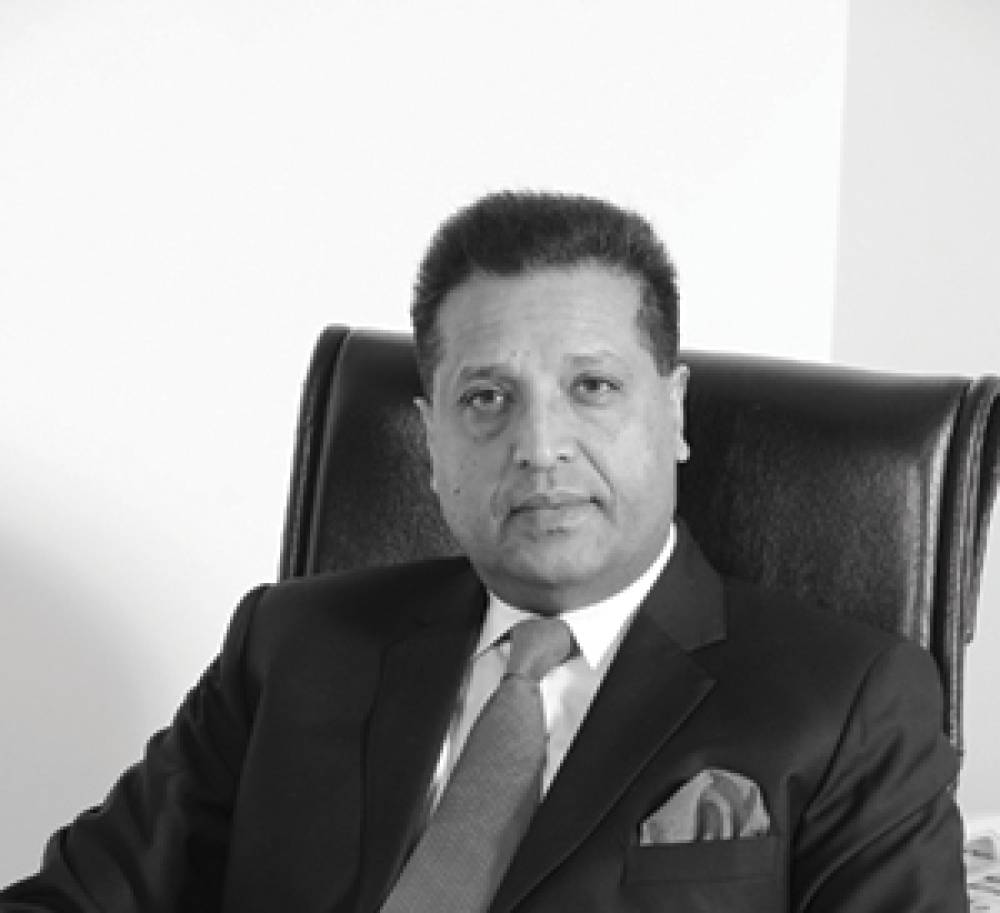
Here’s why the fantastical notion of a trillion-dollar coin appearing out of thin air to pay the bills is so appealing—and perilous. Gridlock in Washington DC continues amid a fight over raising the debt ceiling, the legal limit on how much the federal government can borrow. Right now, the federal government will be unable to pay its bills on October 18 if the limit isn’t raised, which would prompt a default with disastrous economic ramifications. The most likely outcome is that Congress, in one way or another, comes together to raise the limit. But the deadlock is leading some progressives to push for an extreme and unusual solution. What if the Treasury Department simply minted a $1 trillion platinum coin, deposited it, and used it to pay its bills without taking out new debt? Yes, seriously. The idea sounds fantastical, but is gaining traction. “President Biden does have an ace in the hole if Congress doesn’t suspend the debt limit,” left-leaning economist Dean Baker wrote for CNN.com. “Due to a technicality in the law, the Treasury Department can print a platinum coin and assign a huge value to it—say, $1 trillion—and sell it to the Federal Reserve Board. This would get around the need to borrow.” Others share Baker’s view. Writing for the Washington Post, Zachary D. Carter described the solution as “perfectly painless” and “economically meaningless.” New York Times columnist and left-wing economist Paul Krugman has endorsed the idea, as have members of Congress including Reps. Rashida Tlaib and Jerry Nadler. But if this admittedly novel solution sounds too good to be true, that’s because it is.
In fact, there’s an intense debate over whether the federal government actually has the legal authority to pursue such a scheme. Florida Atlantic University economist and monetary policy specialist William J. Luther told FEE in an interview that he believes minting a $1 trillion “token” coin would be unlawful. For wonky legal reasons explained in this thread. More importantly, it’s a bad idea on the policy front. For one, it undermines citizen accountability for the federal government’s spending policies. “We don’t want bureaucrats at the Treasury circumventing the rules established by Congress,” Luther says. “If Congress wants to spend more without raising taxes, it needs to raise the debt ceiling. If it does that, voters can hold these elected officials accountable. But if you don’t have that vote, it’s hard to hold people accountable.” Moreover, the economic ramifications of minting a $1 trillion coin are grave. One of the most glaring concerns people raise with the idea is that minting a $1 trillion coin would lead to inflation by increasing the money supply while the economy otherwise is unchanged. But Luther explains that the Federal Reserve would likely counteract this effect. “The Fed would neutralise the monetary effects of this coin by selling some of its treasury holdings back to the public and destroying the money it received,” the economist said. “On the one hand you have the Treasury creating a $1 trillion coin, on the other hand you have the Fed contracting the money supply by $1 trillion… so there’s no net monetary effect.” This means inflation isn’t necessarily a worry—but also reveals why the $1 trillion coin is not actually “painless” or “economically meaningless.” “Yes, it’s a way around the debt ceiling,” Luther explained. “But a trillion dollars that used to be in the private sector is now in the public sector.” “There is a real resource constraint,” he continued. “Typically, if the government does more, the private sector does less… with some exceptions. Generally, markets do the best they can with the resources they have. So, if the government bids more of those resources into its own projects, it is necessarily bidding those resources away from the alternative projects they would have been used to pursue. It doesn’t matter how they’re funded… Those real resources are in the economy, the question is whether they’re going to be used by the public sector or the private sector.” “We’re going to spend that $1 trillion on something,” Luther said. “If you spend a portion building a road, you’re going to have to hire employees, which means you’re bidding them away from other pursuits. You’re going to have to acquire machinery, which means you’re bidding away machinery from other projects.
Those real resources are not going to be available for other purposes. Whenever the government is using real resources, that necessarily means someone else in the economy—the private sector—is not using those resources.” Odds are, the bureaucratic and inefficient federal government will make worse investments with these resources than the private sector would have. After all, the free market allocates resources where they’re needed most in accordance with price signals. The government allocates resources based on lobbying and politics. So, it’s not even just a 1-1 trade-off facing us in the coin-minters’ fantasy, but likely even more lost in economic fallout. Why does this matter? Well, progressives pushing this scheme are desperate to find a way they can fund their endless government spending ambitions and expansions of the welfare state without having to pay the price or deal with any consequences. That’s why the fantastical notion of a trillion-dollar coin appearing out of thin air to pay the bills is so appealing. But there’s simply no getting around the basic economic reality of trade-offs and scarce resources, no matter how clever the scheme. Ultimately, government spending has costs that cannot be avoided; no matter how many trillion-dollar coins the Treasury mints. Source: fee.org





-1758107444.jpg)
